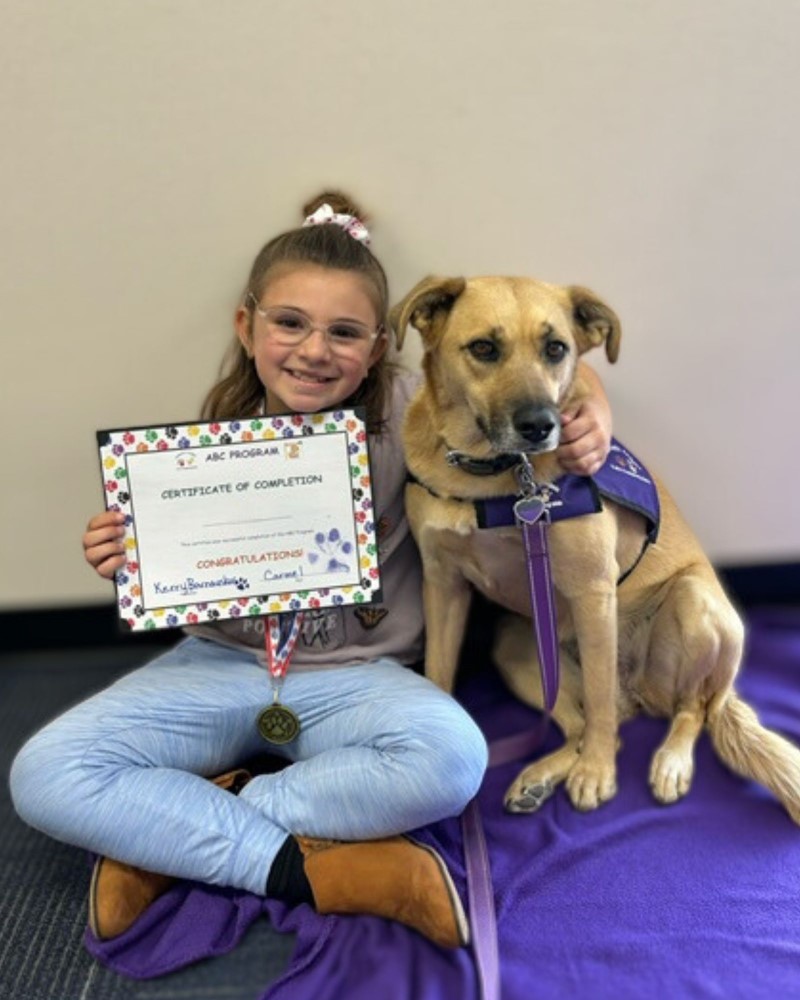Therapy Dog Team-Up: An Unexpected Connection Brings Double the Love
Therapy Dog Team-Up: An Unexpected Connection Brings Double the Love
It started as a typical pet therapy visit for George and Therapy Dog Tralee. They had made similar visits to behavioral health centers before, and although emotionally challenging at times, they were always up to the task.
Tralee’s soft, feathery coat would brush against outstretched hands as the kids shared stories about their lives at home. The gentle swish of her wagging tail always sets a soothing rhythm in the room, helping her new friends enjoy a moment of peace during a difficult time in their young lives.
But on this particular visit, one of the boys asked George a new and very hopeful question. Did she know a dog named Bindi?
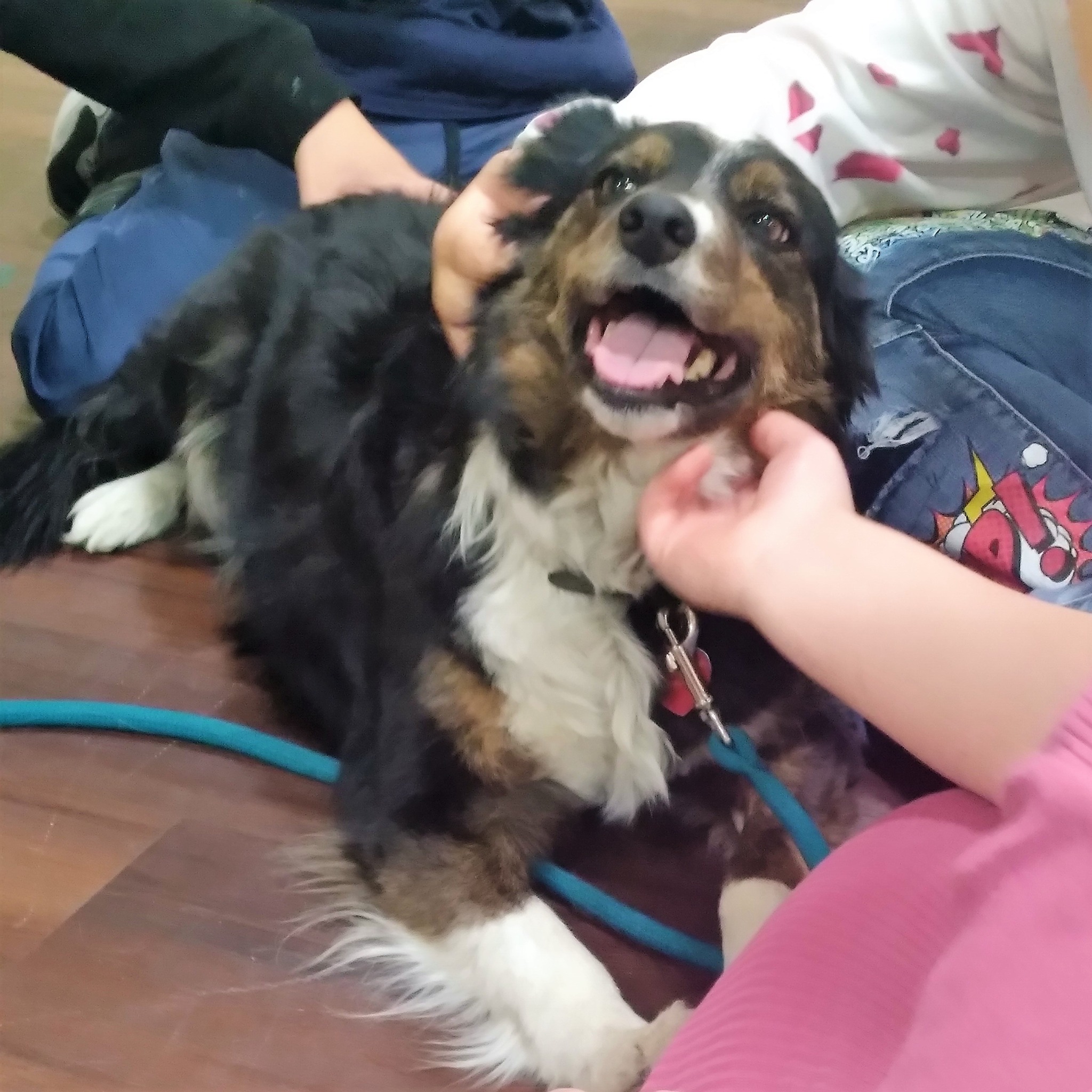

But on this particular visit, one of the boys asked George a new and very hopeful question. Did she know a dog named Bindi?
She did! Bindi and her owner, Diane, also volunteer with Gabriel’s Angels. Diane even helped George and Tralee to become a registered Pet Therapy Team.
The boy then shared that he had met Bindi at a different location and enjoyed visiting with her very much. Was there any way that she could come visit him here?
After the visit, George reached out to Diane and told her about the big impression Bindi had made on one of the kids at the center, then she shared his request. Diane didn’t need any convincing, she was in.
A Therapy Dog Team-Up
The days ticked by and it was finally time for the next visit. What could be better for a kid staying in a treatment center than having time with a beautiful Therapy Dog? Having time to visit with TWO beautiful Therapy Dogs! When they walked into the room, George with Tralee, and Diane with curly-coated Bindi, the joy and excitement was electric.
But for one boy in particular, it was more. It showed that these adults in his life were listening, really listening, and that they cared. It was evidence that during this difficult time in his life, he had support and connection to help him find his way through the challenges. “It was a lovely experience,” Diane shared. “He lit up when he saw her.”

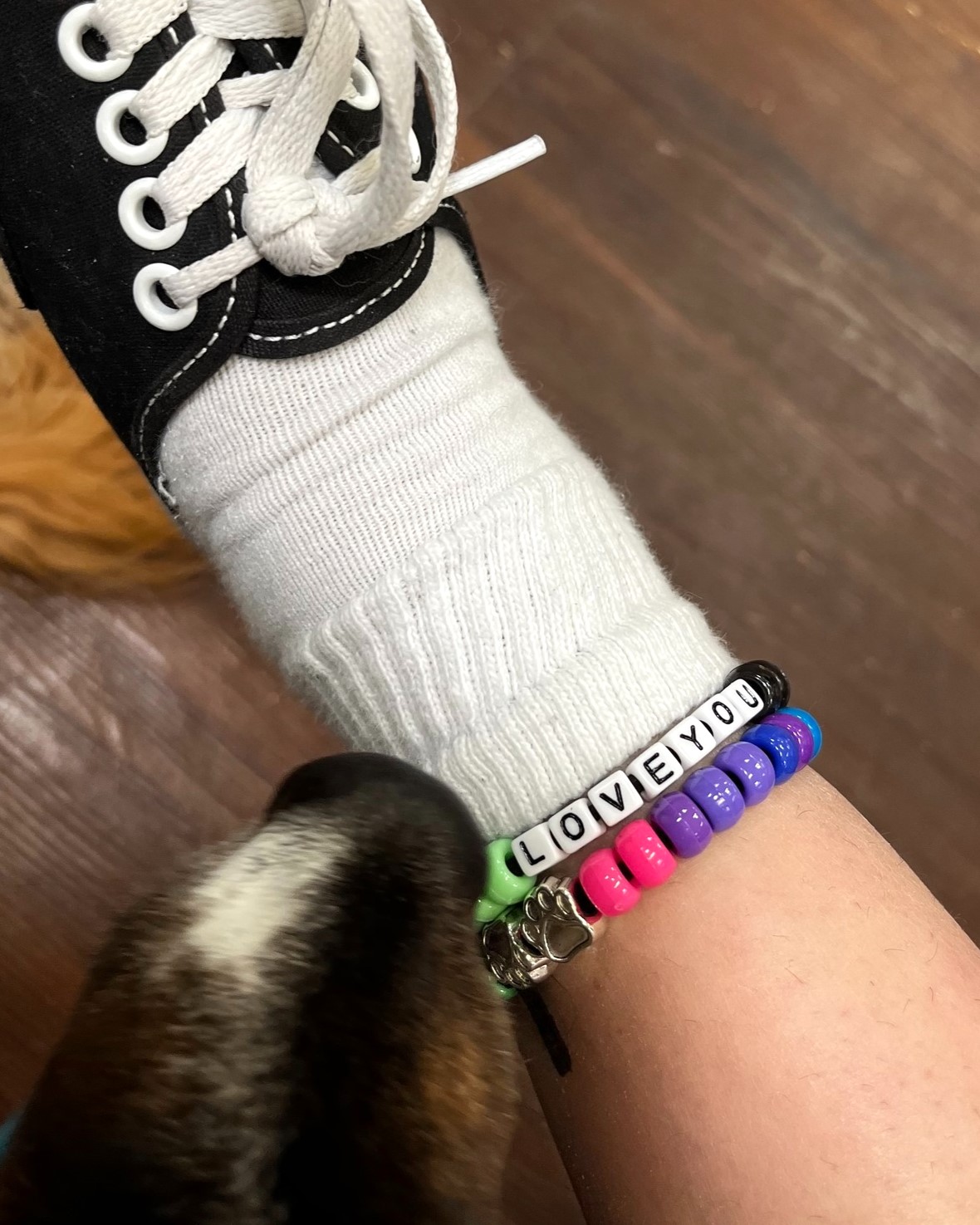

An Ongoing Partnership
Since that first collaboration, George and Diane have made their partnership a regular part of visiting the behavioral treatment center. The kids there eagerly anticipate the duo’s visits, which now have double the unconditional puppy love to go around. As this resilient group works to overcome the challenges facing their mental health, it’s a difficult time in their lives. Being in this center means being away from home, away from family, and the dogs offer a very welcoming form of connection.
By working together, George and Diane have created a richer, more supportive environment for these kids to begin healing, reminding them that they are seen, valued, and loved.


At Gabriel’s Angels, we believe in the healing power of pets and the strength of collaboration. Diane, George, Bindi, and Tralee exemplify how kindness and empathy can multiply when shared.
If you’re inspired by this story and want to help us expand our mission, please don’t hesitate to get involved. Together, we can continue to create life-changing moments for children in need—one paw, one smile, and one partnership at a time.

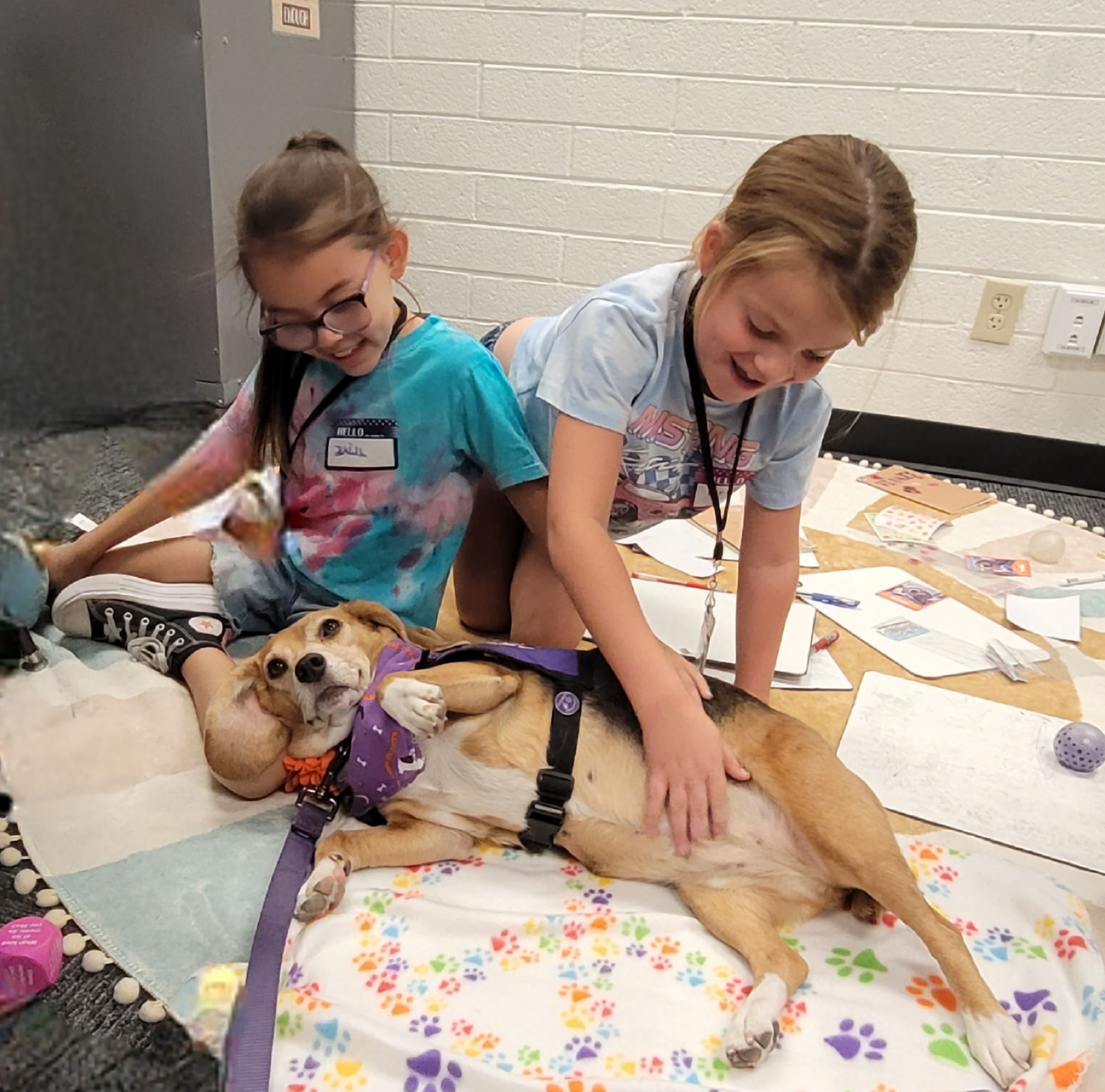
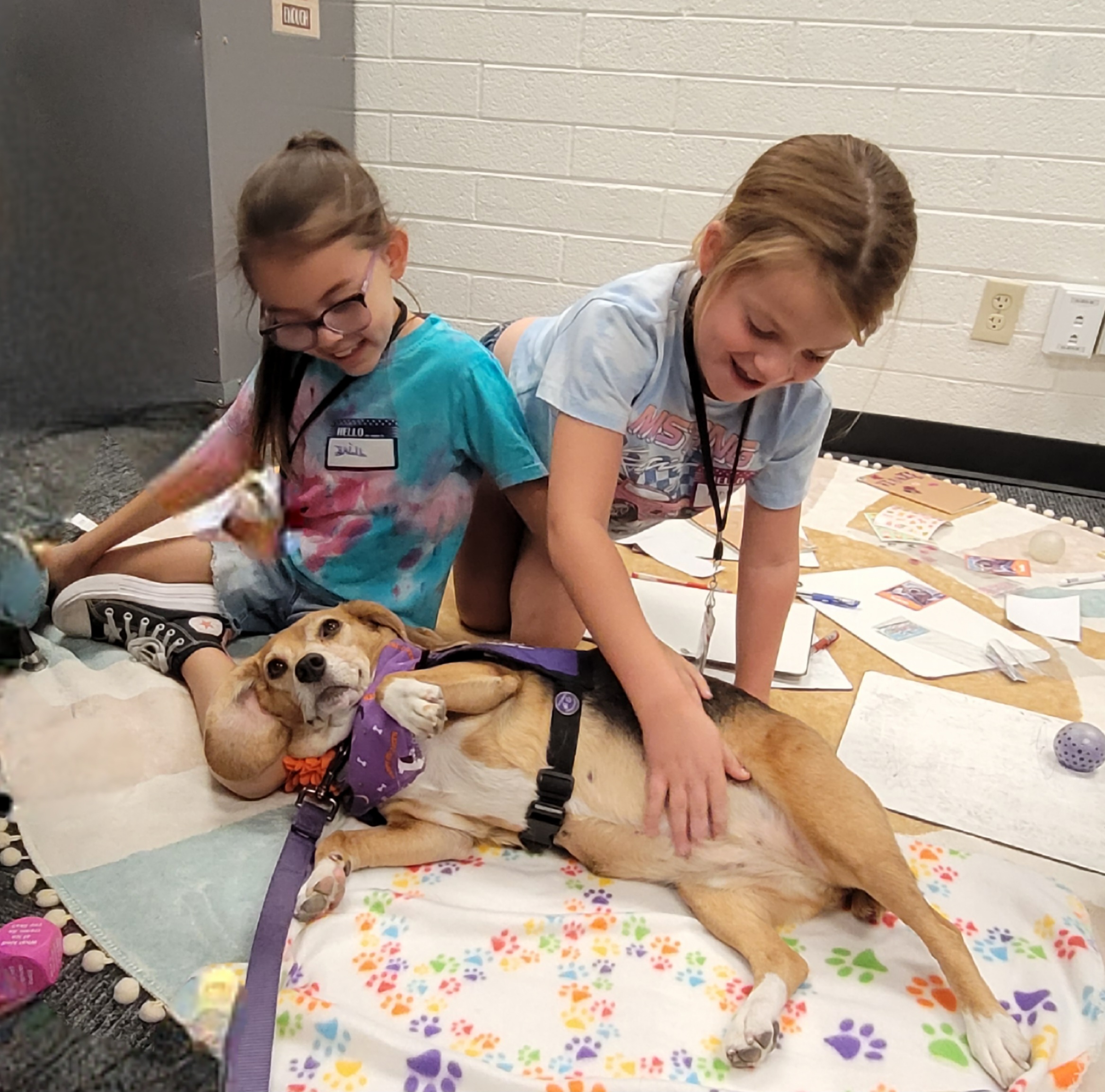
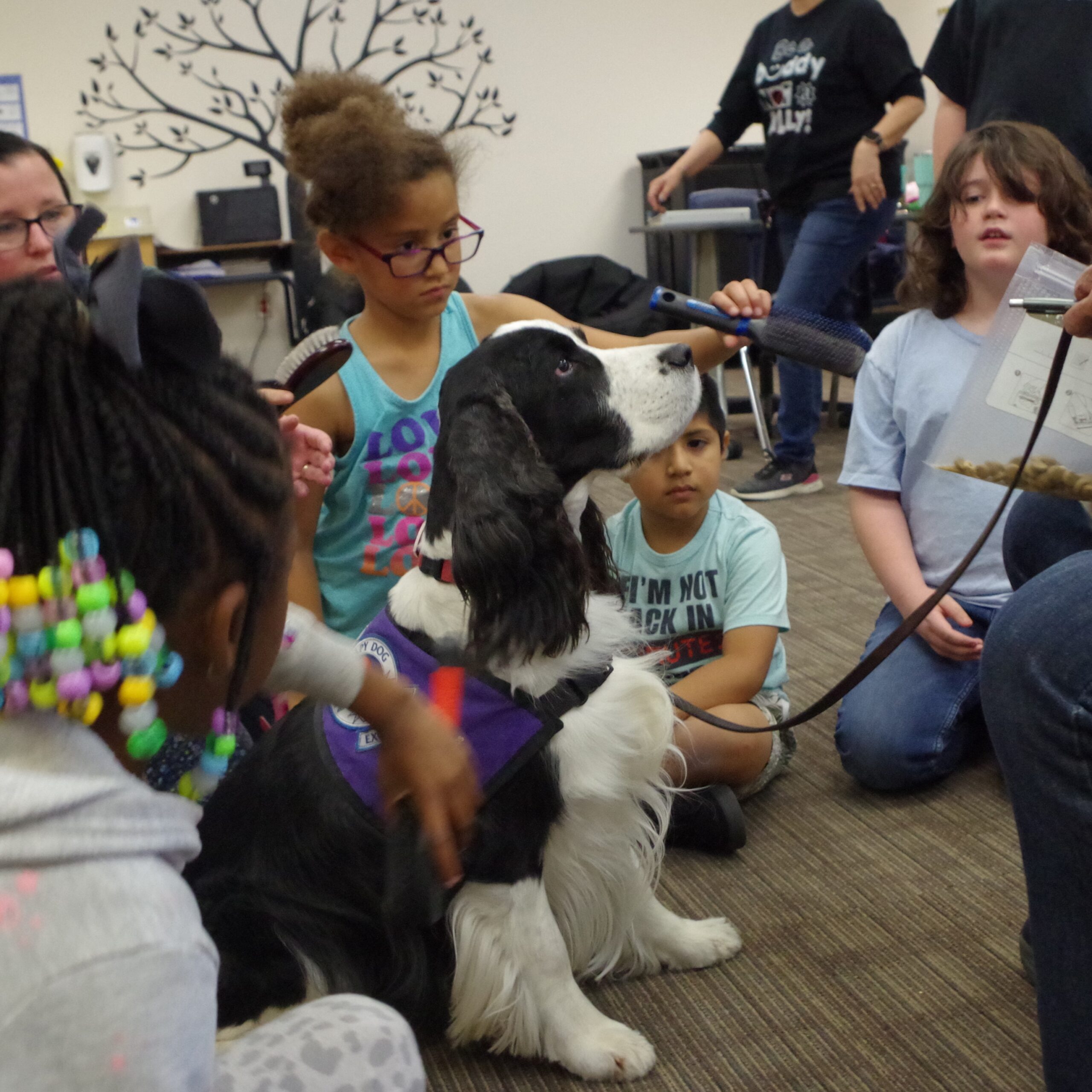



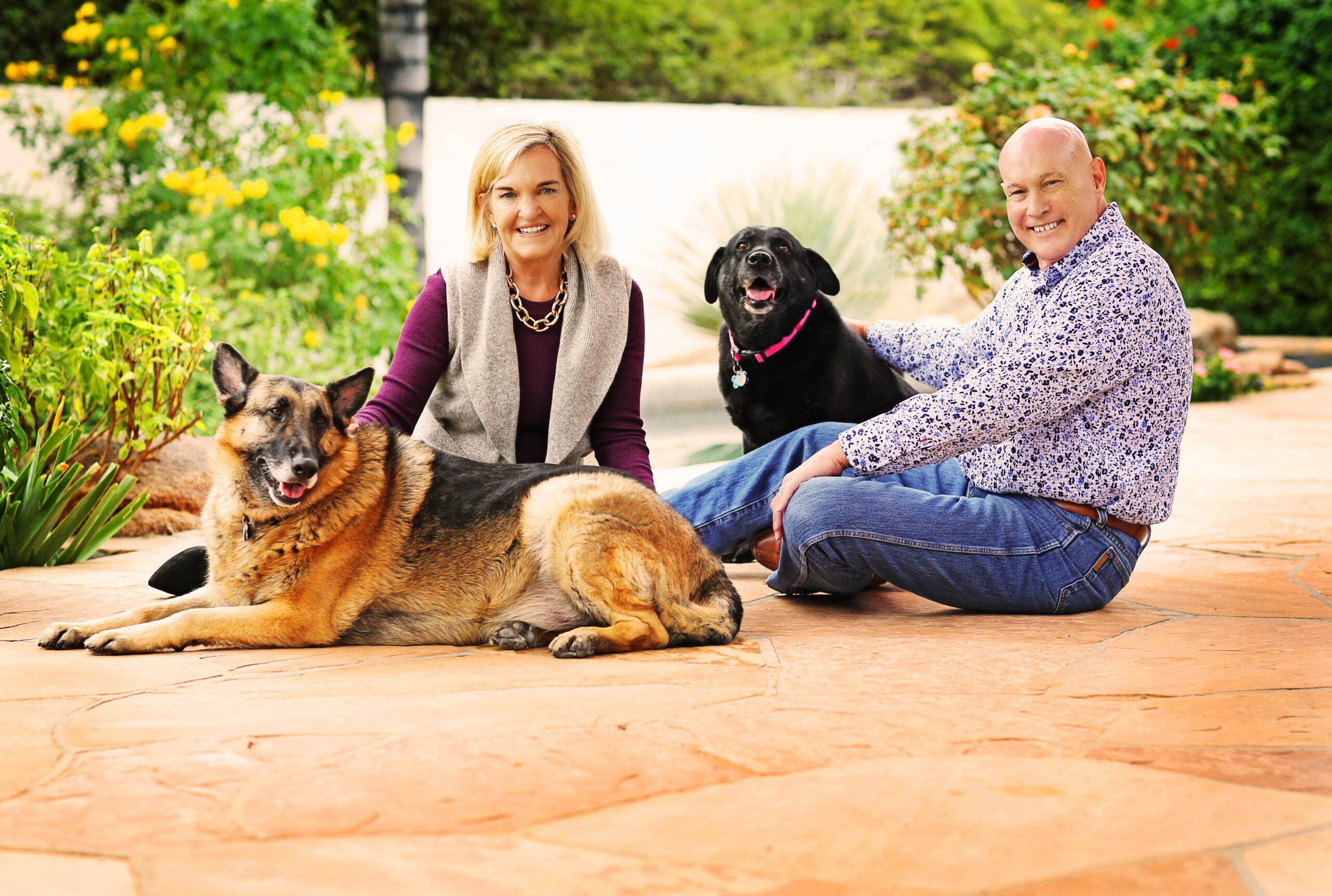
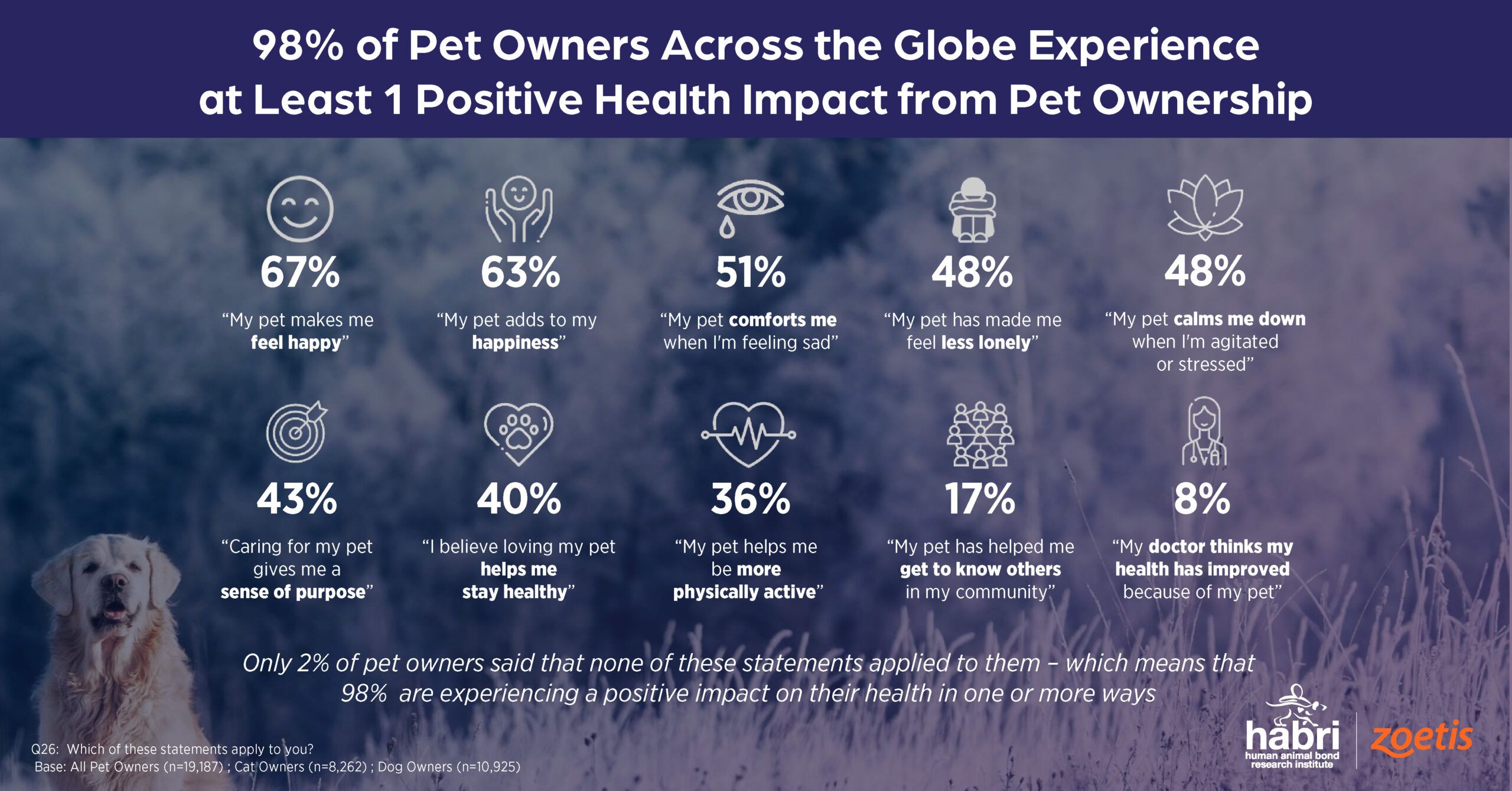
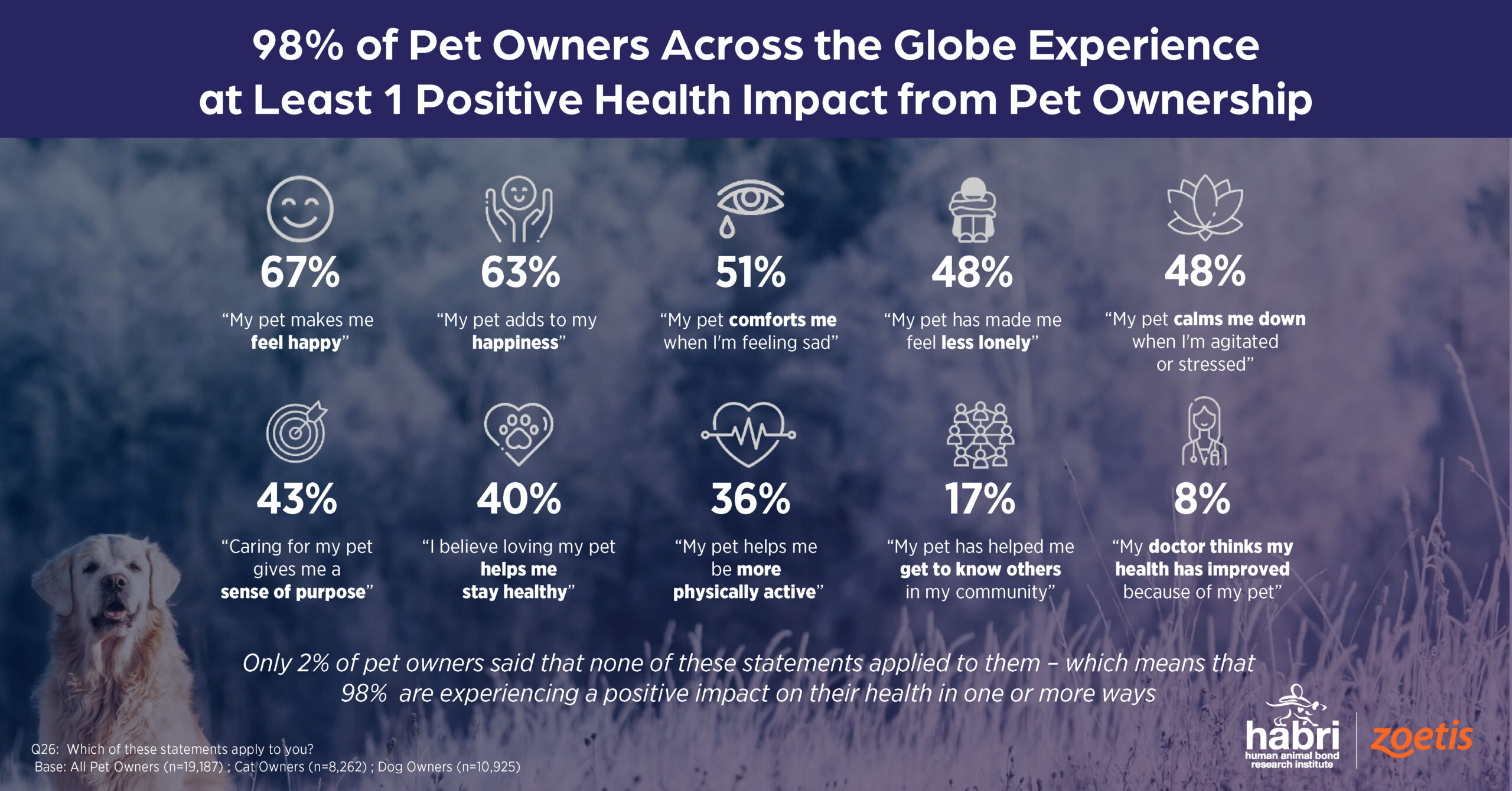

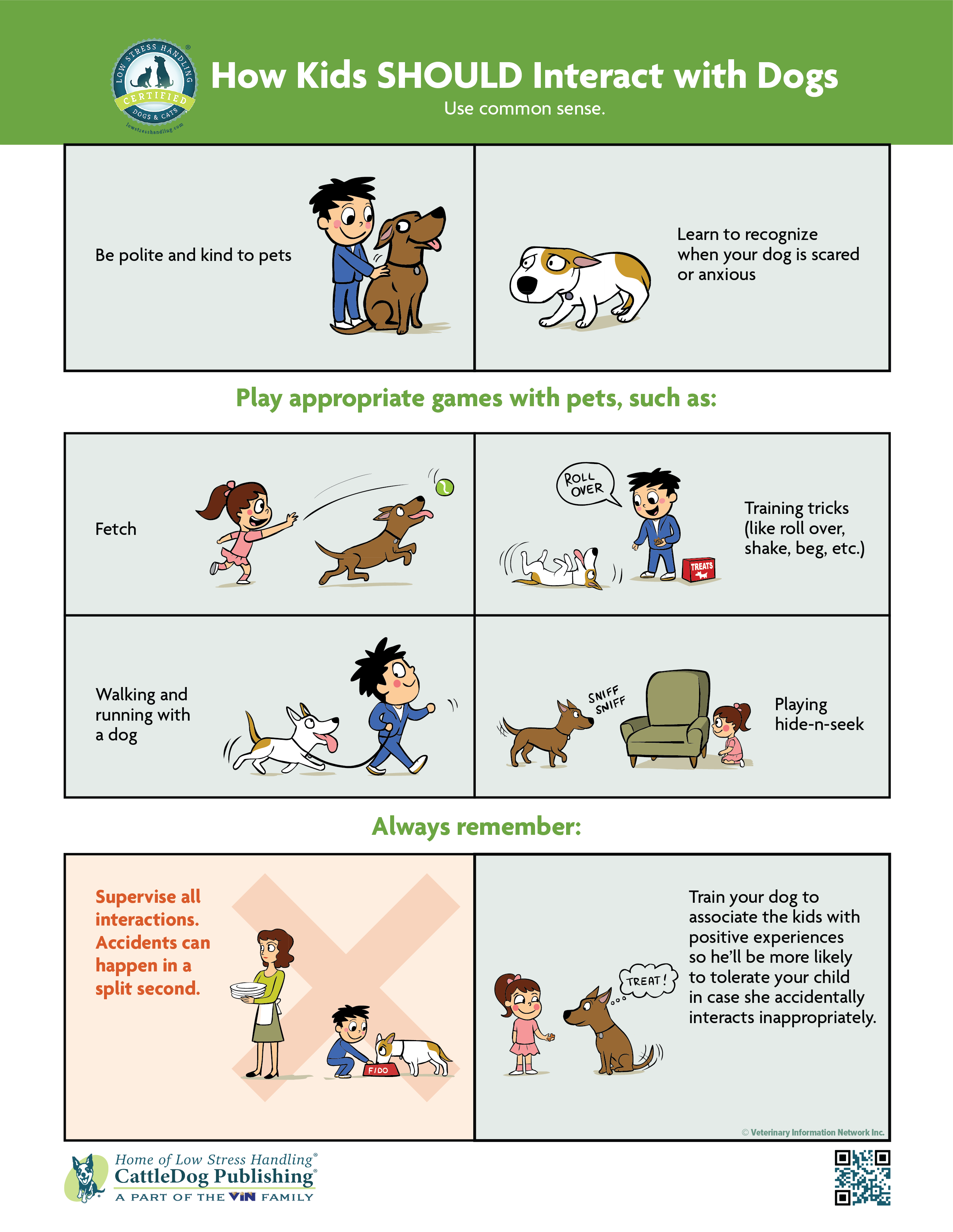
 On top of already having a great temperament, the dogs you see in our pet therapy programs go through a lot of training and testing to earn their Therapy Dog Registration through nationally recognized certifiers.
On top of already having a great temperament, the dogs you see in our pet therapy programs go through a lot of training and testing to earn their Therapy Dog Registration through nationally recognized certifiers.  Common signs of stress or discomfort in dogs, like growling, bared teeth, or tightly tucked tail are usually well-known, but there are also more subtle indicators such as walking away to avoid interaction, “whale eyes” (when they widen and show the whites of their eyes), stiffened body, and stress yawning. Teaching kids to recognize these signs can help them know when to give a dog space.
Common signs of stress or discomfort in dogs, like growling, bared teeth, or tightly tucked tail are usually well-known, but there are also more subtle indicators such as walking away to avoid interaction, “whale eyes” (when they widen and show the whites of their eyes), stiffened body, and stress yawning. Teaching kids to recognize these signs can help them know when to give a dog space.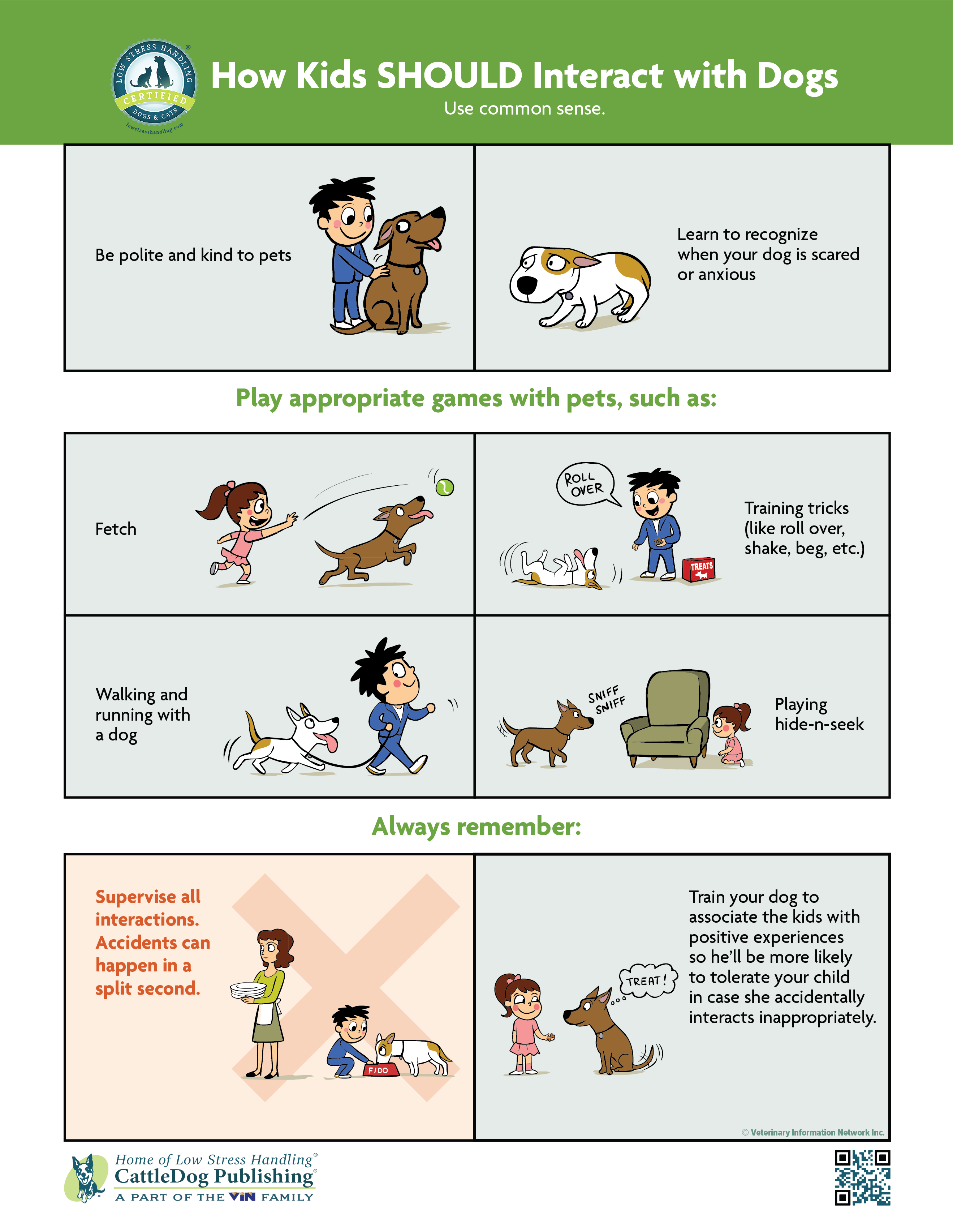
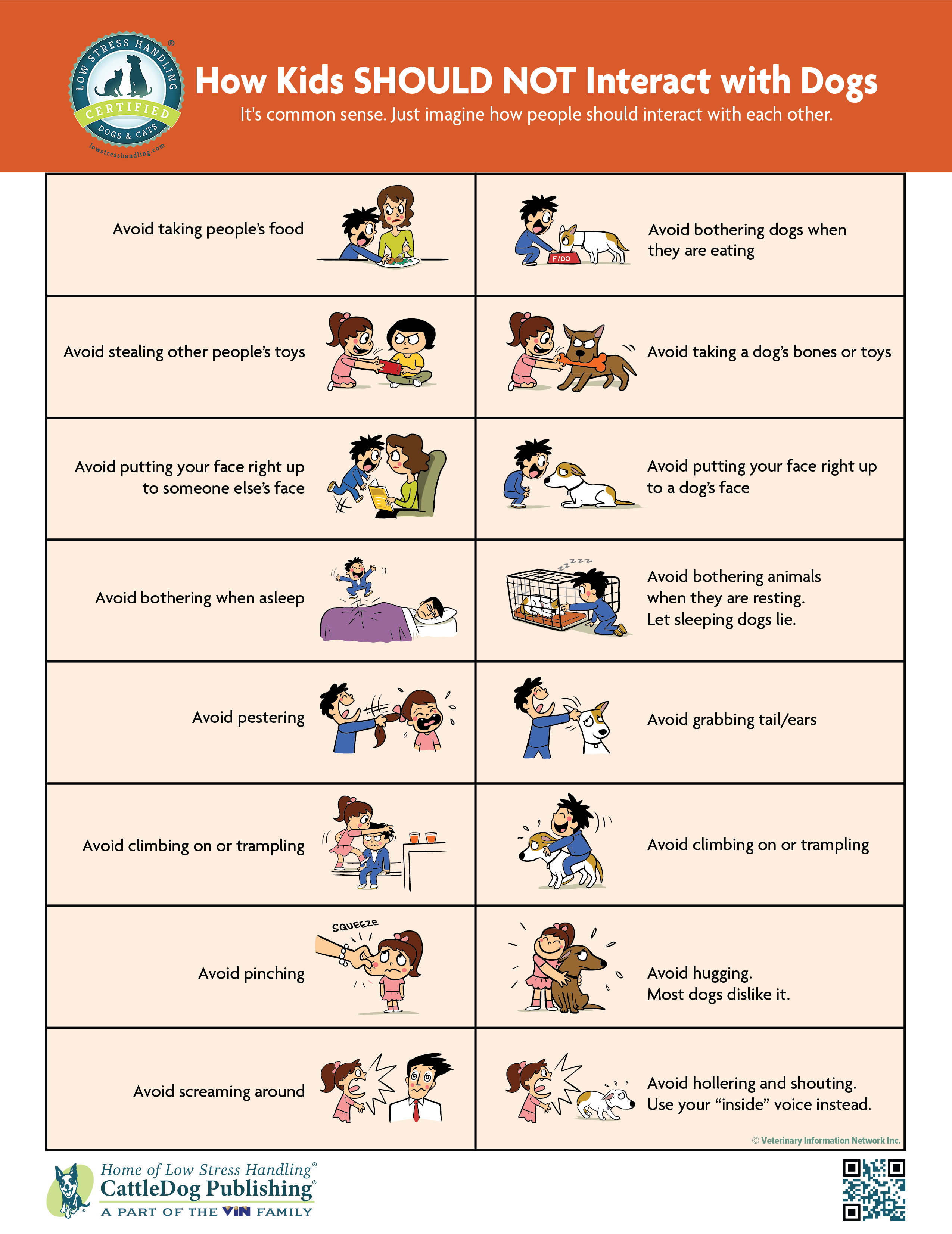
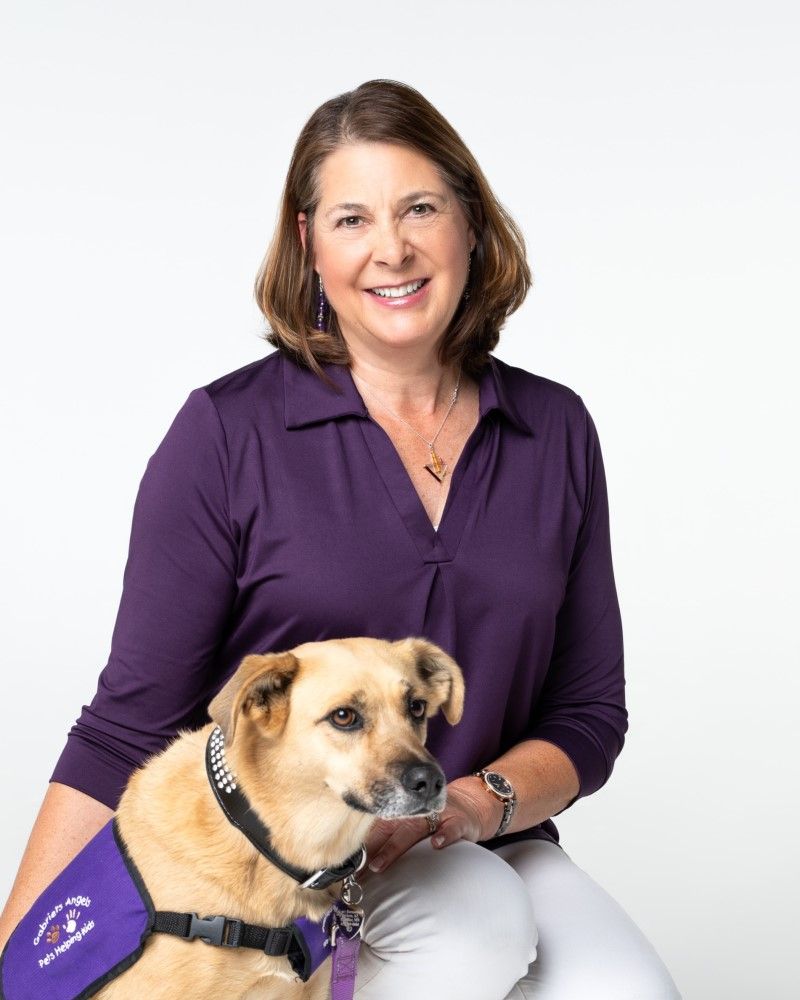
 We are grateful to partner with schools and other youth-serving organizations who appreciate the life-changing impact of pet therapy for the children in their care.
We are grateful to partner with schools and other youth-serving organizations who appreciate the life-changing impact of pet therapy for the children in their care. School Principal Shelly Richardson and staff surprised Kerry with the news by presenting her with flowers (and dog treats for Carmel!), and a letter inviting them to an awards ceremony to formally receive their recognition.
School Principal Shelly Richardson and staff surprised Kerry with the news by presenting her with flowers (and dog treats for Carmel!), and a letter inviting them to an awards ceremony to formally receive their recognition. At the CCUSD Awards Ceremony, the Superintendent read a wonderful write-up recognizing their dedication and the difference they’ve made in the lives of students and staff alike through their pet therapy work. Therapy Dog Carmel was the star of the show as she accompanied Kerry to the stage to accept their award.
At the CCUSD Awards Ceremony, the Superintendent read a wonderful write-up recognizing their dedication and the difference they’ve made in the lives of students and staff alike through their pet therapy work. Therapy Dog Carmel was the star of the show as she accompanied Kerry to the stage to accept their award.



